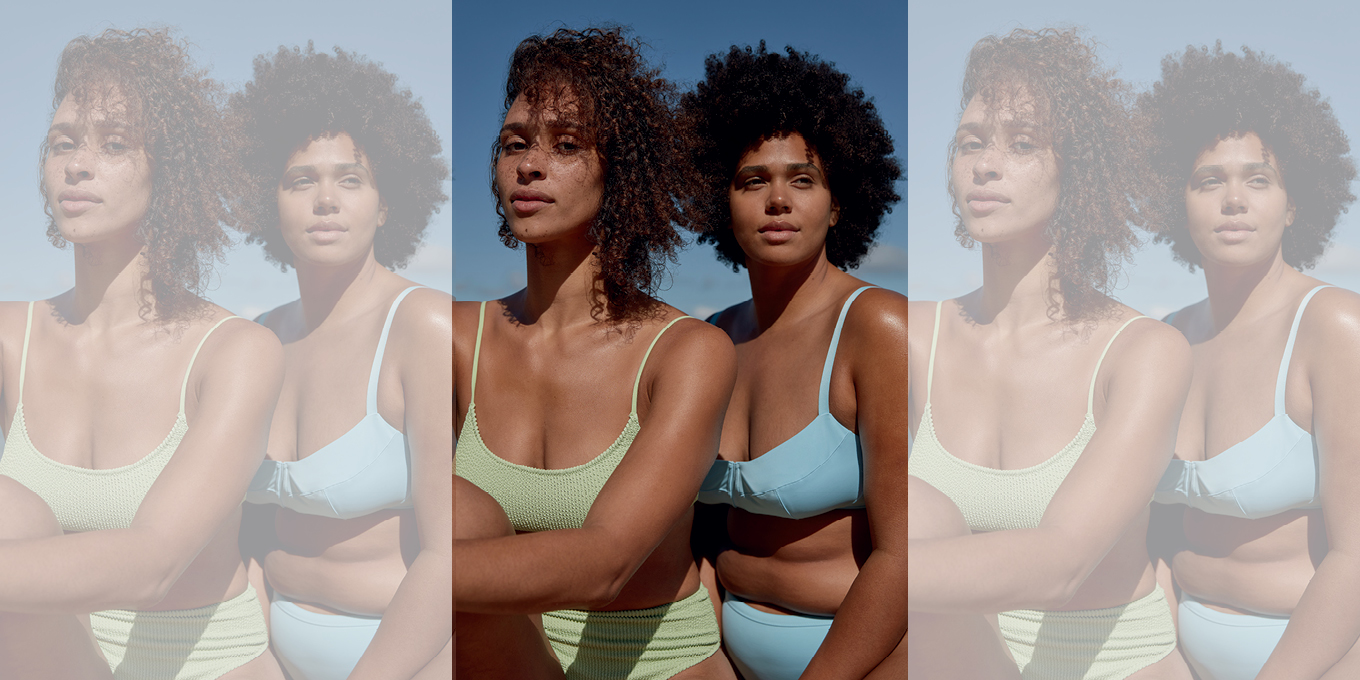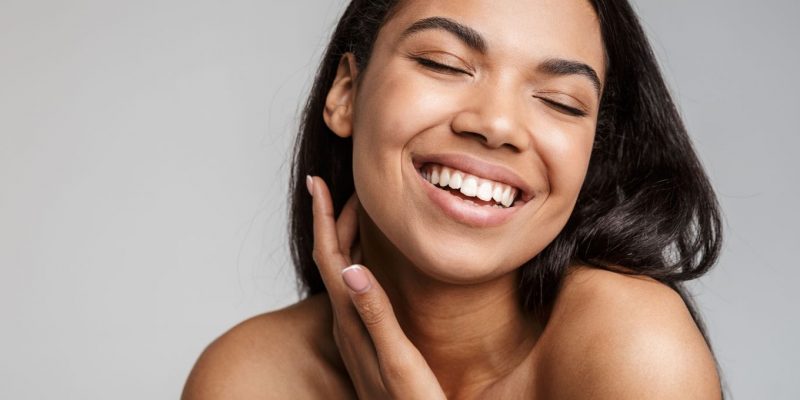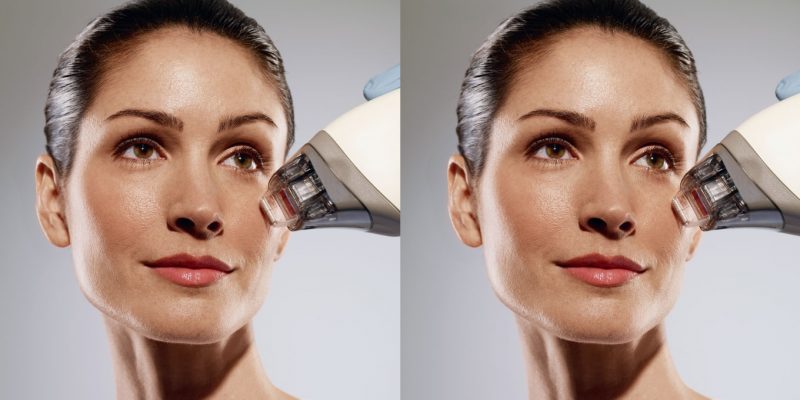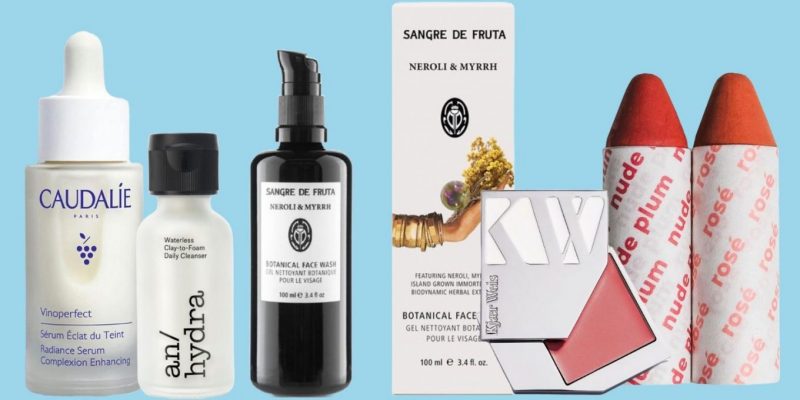Skincare
Skin Savers: Here's Your 101 to Sun Protection
Protecting yourself from the sun is crucial. Here’s what you need to know.
by : Mariève Inoue- Jul 15th, 2021

#THURSDAYSCHILD X TRUNK ARCHIVE
Take the sun’s stronger summer rays and combine them with more time spent outdoors in lighter, more revealing clothing and you’ve got the perfect storm for a sunburn, which inevitably leads to premature aging (wrinkles, hyperpigmentation, loss of elasticity)—not to mention an increased risk of skin cancer. And with over 80,000 cases diagnosed in Canada each year, it’s essential to keep skin protection top of mind.
All the acronyms
“UVB rays lead to sunburn, but UVAs penetrate the skin more deeply and are associated with more long-term UV damage and skin cancer development,” says Dr. Sandy Skotnicki, dermatol-ogist and assistant professor at the University of Toronto. She notes, however, that both types of rays are important risk factors when it comes to skin cancer. “UVAs are present throughout the year at the same intensity, even when it’s cloudy,” says Holly Thaggard, founder of sunscreen brand Supergoop!. That’s why sunscreens need to protect skin from both kinds of rays, even though the SPF—sun protection factor—number only pertains to UVB protection. To ensure you’re getting a sunscreen that provides adequate UVA protection, says Nour Dayeh, who has a Ph.D. in biomedical sciences and is the medical communications manager at La Roche-Posay and Dermablend, you should choose one that has “broad spectrum” and the UVA logo (the letters “UVA” in a circle) on the label; this logo indicates that a product respects Health Canada’s requirement that it contain a level of UVA protection that’s equivalent to at least one-third of its SPF.
The right sunscreen
The general recommendation is to reach for a broad-spectrum sunscreen with a minimum SPF of 30; there are plenty of options that fit these criteria and cater to every preference and skin type. “Chemical” (or “organic”) sunscreens tend to have a lighter texture with a clear finish and absorb UV rays by turning them into heat, whereas “mineral” (sometimes called “physical” or “inorganic”) sunscreens work by reflecting the rays and absorbing some as well. Mineral sunscreens are often recommended for those with sensitive skin as they’re less likely to cause allergic reactions and irritation. But when it comes to finding the right formula, the best sunscreen is the one you’ll use consistently. “The biggest challenge when it comes to sun protection is compliance, so we recommend focusing on textures that suit your skin type and everyday needs,” says Dayeh. And if you have skin that doesn’t burn readily, that doesn’t mean you can afford to skimp on sunscreen. “While those with darker skin tones may be less likely to burn from UVB rays, it’s still important to protect from UVAs,” says Thaggard. The bottom line? Everyone, regardless of skin tone, should be wearing sunscreen—period.
How much to apply
“Most people under-apply sunscreen,” warns Skotnicki. Thaggard agrees. “I always say that when you think you’ve applied enough, put on a little more,” she says. The ideal amount is one teaspoon for the face, head and neck, two for your torso (front and back), one per arm and two per leg (including your feet).
Layering
Although using one sunscreen on top of another won’t provide a higher SPF, “layering can ensure that you end up covering areas you may have missed with your first application,” says Thaggard. For most of us, our day-to-day activities vary, which is why a winning strategy is to have a variety of sunscreens to choose from, including water-resistant formulas, sprays, loose powders, compacts and sticks. This also enables you to customize your coverage for more sensitive areas. “Sunscreen sticks can be helpful around the eyes,” says Skotnicki. She also recommends using them on the décolleté and the lips—areas that shouldn’t be forgotten.
“The best sunscreen is the one you’ll use consistently. ”
Apply, repeat
A good rule of thumb is to reapply every two hours, as some sunscreens break down with UV exposure or rub off if you get dressed before they have been properly absorbed. “The more you reapply, the closer you get to having the correct amount of sunscreen,” says Skotnicki. “It’s also recommended that you reapply immediately after swimming or excessive sweating,” says Dayeh—even if it’s been less than two hours since your last sunscreen round.
Beyond sunscreen
Sunscreen isn’t the only way to protect yourself from the sun; it’s also important to seek shade. Sun-protective clothing can be a great tool, while sunglasses can help shield your eye area. As for your head, “wear a hat with a tight weave—even better if it’s made of UPF fabric,” suggests Skotnicki.
Soothing a sunburn
If you still get a sunburn despite your best efforts, reach for “a cold compress, an anti-inflammatory like ibuprofen and topical steroid creams,” says Skotnicki. Other options include taking cold baths or showers and applying a moisturizer that contains calming ingredients like aloe vera. “Thermal-water sprays are also great for helping to cool and soothe the skin,” says Dayeh.
Newsletter
Join our mailing list for the latest and biggest in fashion trends, beauty, culture and celebrity.
Read Next

Culture
Introducing 2024’s Most Innovative Products, Voted on By Canadians
*Adds to cart*
by : ELLE Canada- May 1st, 2024

Fashion
5 Summer Wedding Guest Outfits We’re In Love With
From country western cool to beachy barefoot elegance, you'll be dressed to the nines all season long.
by : Alison McGill- May 1st, 2024

Beauty
ELLE Tried It: Five Serums to Up Your Skincare Game
Members of the ELLE team tested Avène Dermatological Laboratories’ five new concentrated serums. Here's what they thought.
by : ELLE Canada- Apr 25th, 2024



















